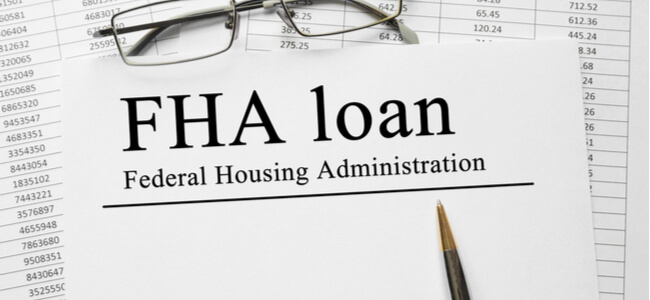Installment Debt Vs Revolving Debt

Payment history is one of the important factors in your credit score along with the type of debt you already have. However, credit bureaus do not consider different types of debts equally.
For instance, let’s consider installment debt vs revolving debt. The former is a lump sum borrowed amount that has a fixed completion date. Personal loans, auto loans, and mortgages online are all examples of debts that feature monthly installments.
By comparison, to explain what is revolving debt, it is best to examine this debt from the point of view of credit cards. You receive a borrowing limit and pay interest on the amount borrowed up to this limit until it is repaid, but not the total limit. Credit cards and home equity lines of credit are common examples of this type of debt.
Here are the major differences between the two types of debt:
- With revolving debt, you can keep borrowing within your limits even after paying down outstanding balances unlike installments where you borrow a lump sum.
- Installment loans have a fixed monthly payment throughout the loan term, while revolving debt costs depend on the amount borrowed.
How Do Each Of These Affect Credit My Score?
Credit utilization, which tracks the total debt balances compared to available limit, and the debt to income ratio both affect a credit score, with the former playing a major role in the eventual calculation.
- Installment debt is often considered less risky because these loans have level monthly payments and tend to feature lower interest rates.
- Even with larger balances of installment debt, if monthly payments are low relative to income, borrowers can achieve 700+ VantageScores.
- Revolving debt typically carries a higher APR, causing problems when a borrower faces repayment issues.
- A high revolving debt utilization ratio means you would be overspending, which can negatively impact your credit score.
Accordingly, installment loans are generally considered less risky for your credit score simply because they have level payments every month and feature lower interest rates. However, credit card issuers report repayment to bureaus frequently, which can help your score if you repay revolving debt responsibly.
What Are The Pros And Cons
By splitting an entire loan sum into equal monthly installments to make repayment manageable, these loans carry several noteworthy benefits, but also some drawbacks.
Pros
- Break down bigger borrowing sums into smaller, more manageable monthly payments.
- Payments are fixed pay each month, meaning there are no surprises when repaying the debt.
- The application process is relatively simple and straightforward.
Cons
- Short repayment terms or excessive interest rates can be very unsettling.
- You need to apply for the credit with specific intent.
- After repaying your debt, you need to reapply if you want additional funds.
Revolving debt is good for continual borrowing if you don’t reach the credit limit, but still features disadvantages alongside its numerous benefits.
Pros
- You can apply for it even if you don’t have a specific intent for utilizing it.
- Borrow as much or as little as you want up to the available limit.
- Build up your credit score as you repay balances on time in full before the due date.
Cons
- Your credit score will be negatively affected as the utilization ratio rises.
- With higher interest rates, you may end up spending significantly to pay back the debt.
- There is no fixed monthly payment, and late repayments will drag on scores.
Is It Best To Combine The Two?
Your credit score is affected by your credit mix, which indicates the various debt products that are a part of your credit history. Scoring models do consider your ability to manage both installment and revolving debts.
While there is no fixed formula to have the right balance, keeping a good mix and ensuring on-time payment will only benefit your credit score. Therefore, a combined approach when well-managed, can help improve a credit score overall.
Which One Should I Pay Off First
When it comes to clearing debts, the question of paying revolving vs installment debt first is relevant.
Revolving debts generally feature higher APR rates which can quickly strain finances. When you delay these payments, interest accumulates very quickly. Accordingly, it is wise to pay high credit card balances quickly to avoid unnecessary interest and high credit utilization which could drop your score.
Some borrowers make use of installment loans like personal loans to clear the revolving debt like credit card payments through consolidation. This approach can help you clear off the debts through fixed monthly payments with lower interest rates. By clearing your credit card balance, you can keep it open and keep your credit utilization ratio on the lower side.
Conclusion
The calculation of your score depends on several factors, including how well you can manage and retire your debts, what kind of different debts are outstanding, and credit utilization.
To build a healthy credit score, it is essential to have both installment debts and revolving debts. Most importantly, timely repayment is among the single most important factors for healthy scores to prevail.
To keep your scores high, be on the lookout for ways to get out of debt faster by repaying the loans promptly or even prepaying when it won’t have a major impact or accompanying fees.



